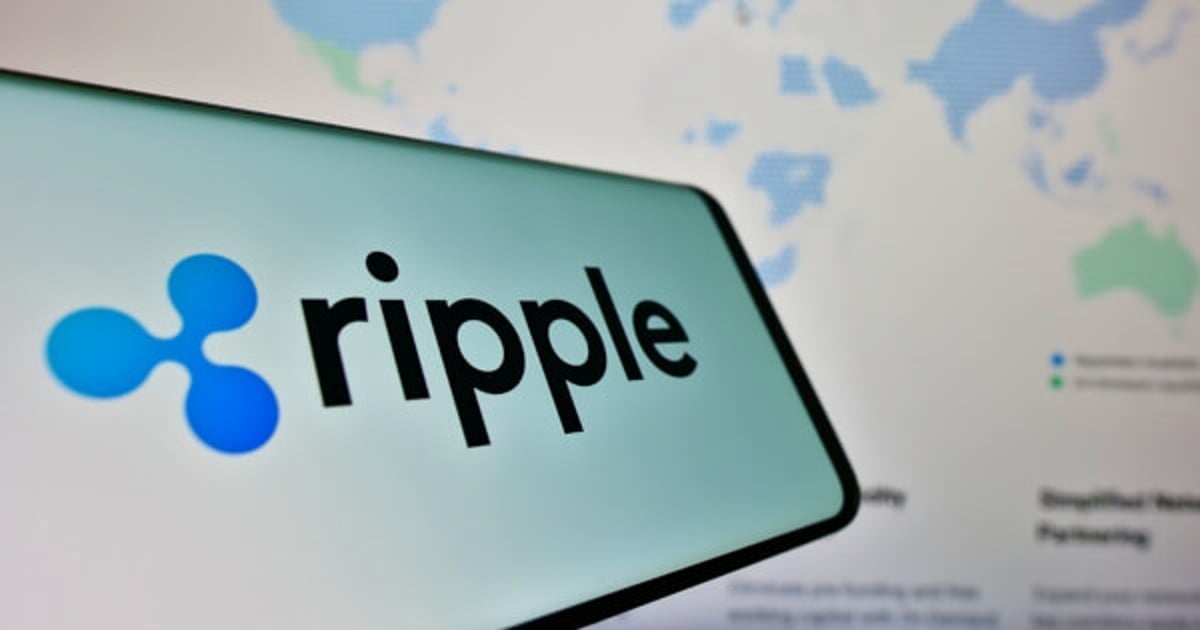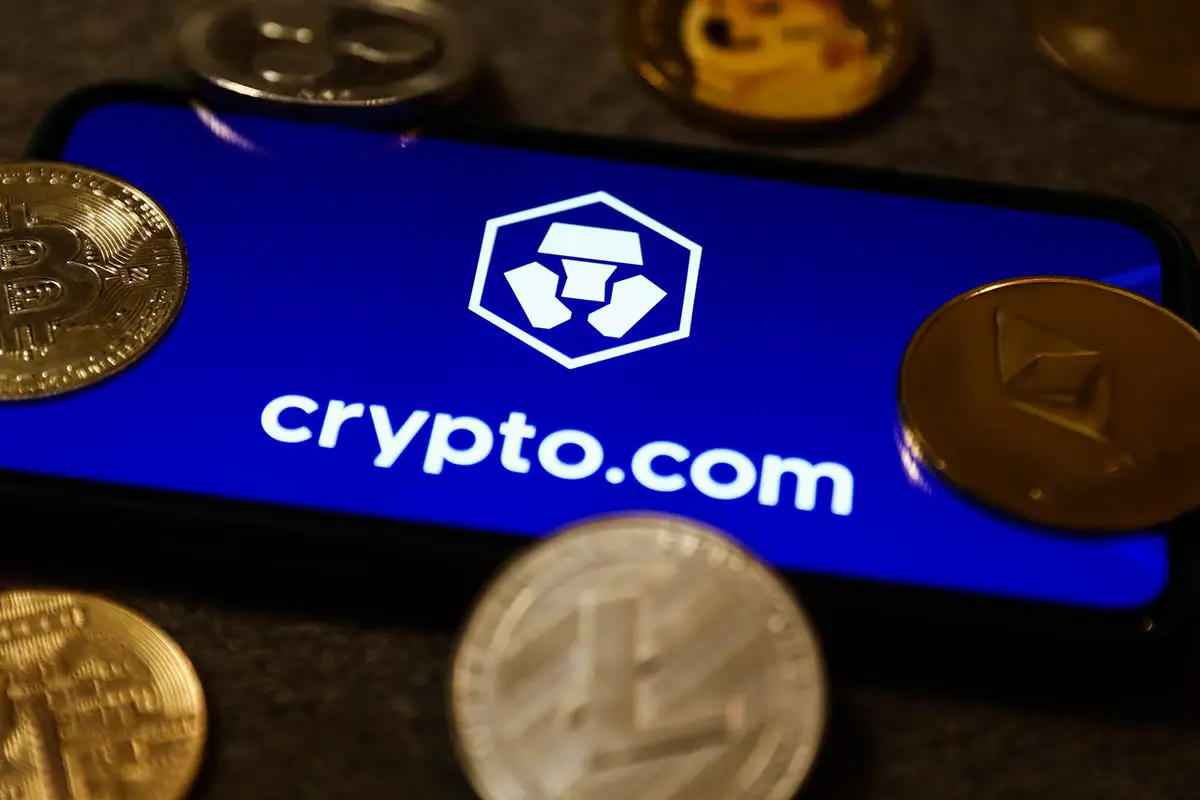With Ripple as the first “blockchain bank” in the world, the meaning of XRP will multiply

- As a regular bank, Ripple would enormously expand the acceptance of XRP in one fell swoop, as US regulated banks enjoy worldwide trust.
- Access of the Federal Reserve would also reduce the risk of counterparties of the RLUSD and position it as a secure stable coin for institutional investors.
Analysts argue that this step-if it is approved-would suddenly change the economic and operational situation of Riples XRP token and his stablecoin RLUSD. The application indicates a possible shift in the way blockchain-based companies are integrated into traditional finance, and may position Ripple as the first fully blockchain native bank that is regulated at the federal level.
By obtaining a national banking license, Ripple would be under the supervision of the Office of the Compotroller of the Currency (OCC). This status is comparable to that of established financial institutions such as JPmorgan Chase. Such regulatory clarity could increase the credibility of Ripple’s stable coin, Rlusd, which is covered 1: 1 by US state bonds. Rlusd is currently subject to the supervision of the New York Department of Financial Services (NYDFS), but the status as a National Bank would expand the regulatory framework and introduce it closer to the traditional bank standards.
7️⃣ Ripple could become the first blockchain-native bank.
They’d offer custody, stablecoin issuance, real-time settlement—all on XRP Ledger.
It’s the blueprint for crypto-finance convergence.
And Ripple’s leading it.
— All Things XRP (@XRP_investing) July 2, 2025
In addition, Ripple’s efforts to receive a Master account of the Federal Reserve could make it possible to keep RLUSD reserves directly at the Federal Reserve. This is an important development because it eliminates the opposite party risk by removing third parties from the custody process of the reserves. It also increases transparency and trust in the RLUSD support and distinguishes it from stable coins such as USDT and USDC, which do not hold any direct reserves on the Federal Reserve.
Possible effects on XRP and market dynamics
Ripple’s ambitions to obtain a Bank charta are closely linked to the role of XRP in the financial system. XRP is currently acting as a liquidity system in the on-demand liquidity service (ODL) from Ripple, which enables faster cross-border payments. With the additional legitimacy by the state banking supervision, XRP could gain acceptance with traditional banks. This could lead to a higher transaction volume in the XRP Ledger and possibly affect the demand and market value of XRP.
By offering compliant, efficient payment rails, XRP could compete with the conventional correspondence banking systems that are often criticized for their inefficiency, including slower settlement times and higher transaction costs. Analysts indicate that an increasing acceptance of XRP via bank channels would increase its benefits and thus its economic relevance.
Existing financial systems
If Ripple becomes a state -recognized bank, it could completely avoid the correspondence banks and disturb the traditional cross -border payment infrastructure.
The Ripple model provides for blockchain native banking services, including custody solutions, real-time processing and the output of stable coins, all of which run on the XRP Ledger.
RLUSD’s market capitalization is currently $ 470 million and is therefore significantly smaller than that of the market leader USDC and USDT, which are rated at $ 62 billion or $ 158 billion. However, the state supervision and the direct connection to the Federal Reserve could enable RLUSD to close this gap by addressing institutional investors who attach value to compliance with regulations and security.
Ripple’s application for a banking license is given in the middle of a growing trend of crypto companies that strive for formal integration into established financial regulation framework. This approach is a strategic adaptation to a regulatory environment that focuses on compliance and risk management.







No Comments